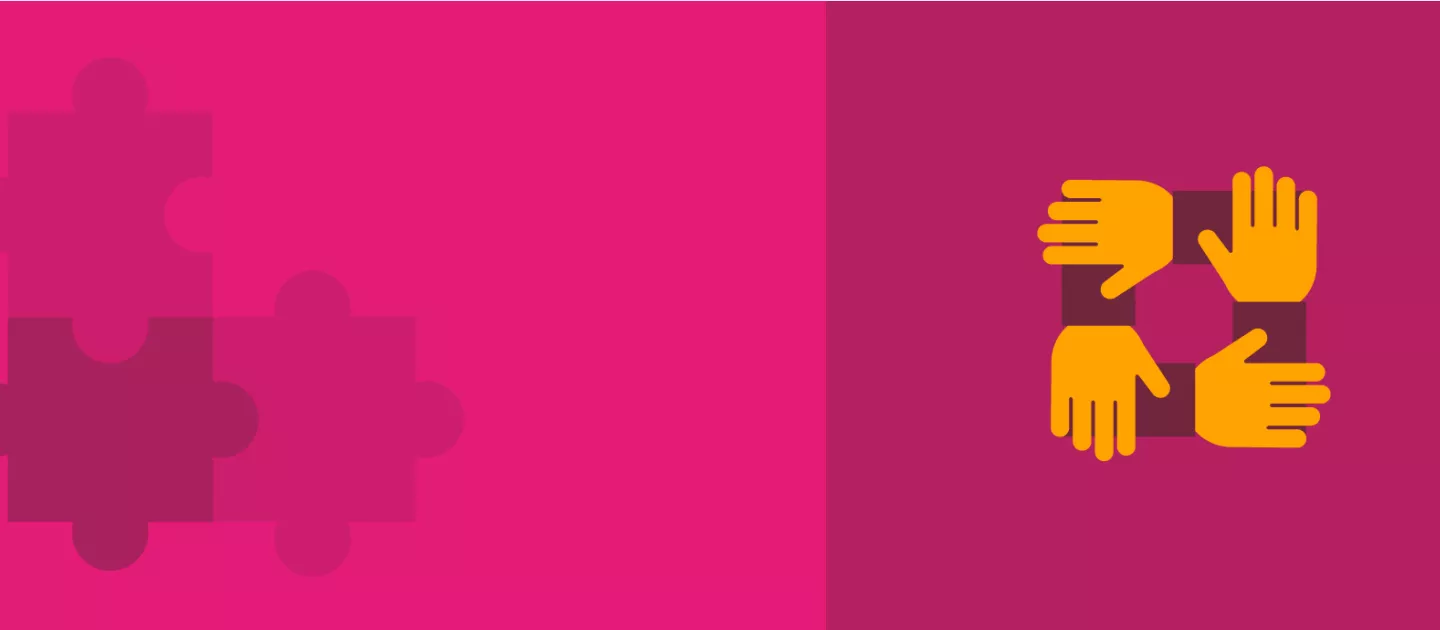This section focuses on the importance of LGBT support groups and safe spaces at school. In the first instance, please watch the video below where two members of staff in a school explain how they set up a LGBT support group.
This section also contains key findings from research, impactful quotes from a young person and parent, starting points to think about what you can do as well as resources for further study. Please navigate through this section and complete the corresponding worksheet in the workbook.
We tried to get [an LGBTI+ supportive space set up]. […] But [school leadership] said that there wasn't enough people, that it would be inappropriate, it would be too time consuming, they would need a teacher to supervise it. And that it wasn't happening, essentially.
(Esme, Age 17)

Research
Trans and gender diverse youth told us how:
- Feelings of marginalisation and exclusion were often compounded by the lack of an LGBTI+ group in their school
- They attempted to set-up an LGBTI+ group but encountered barriers or were actively prevented from setting one up
- They greatly valued LGBTI+ groups because they provided them with a space in which they could be themselves and receive advice and support from peers who shared a similar lived experience.
International research suggests:
- That having access to LGBTI+ supportive space in school can increase trans and gender diverse youth’s self-esteem and confidence as well as lead them to feel more supported, less isolated, less depressed and have an improved sense of belonging (Bopp, et al., 2004).
- That in order to be safe and sustainable, LGBTI+ peer support groups benefit from receiving input from school staff (Porta, et al. 2017)
There was no LGBTI+ group so Luke decided to set one up so that other students who identified as LGBTI+ would feel more comfortable coming out. Luke’s initiative was supported by the principal and three teachers volunteered to provide support and supervision. The group provided a supportive space for LGBTI+ youth and allies. In order to raise awareness about the experiences of LGBTI+ people the group organised a series of talks open to the whole school on topics such as gender identity and gender expression as well as the experiences of students with LGBTI+ identified parents.
(Luke, Age 17)
What you can do
Trans and gender diverse youth recommended that school staff support students to establish and run LGBTI+ clubs. Trans and gender diverse youth felt it was important that staff
- Ensure to provide the LGBTI+ group with ongoing support and assist students to develop a meaningful programme of activities, e.g. co-ordinating Pride and/or Stand Up Awareness Week activities.
- Ask the LGBTI+ young people for feedback. The best way to evaluate whether your classroom or school environment is welcoming for trans and gender diverse youth is to ask them. Ask members of LGBTI+ groups: (a) whether they feel comfortable in the school, and (b) provide them with an opportunity to give anonymous feedback.
- Invite members of the LGBTI+ group to play an active role in developing a whole-school approach to making your school environment more inclusive.
Next steps
Complete ‘Worksheet 12: Support Groups’ and then continue to Section 13: Summative Self-Assessment.
